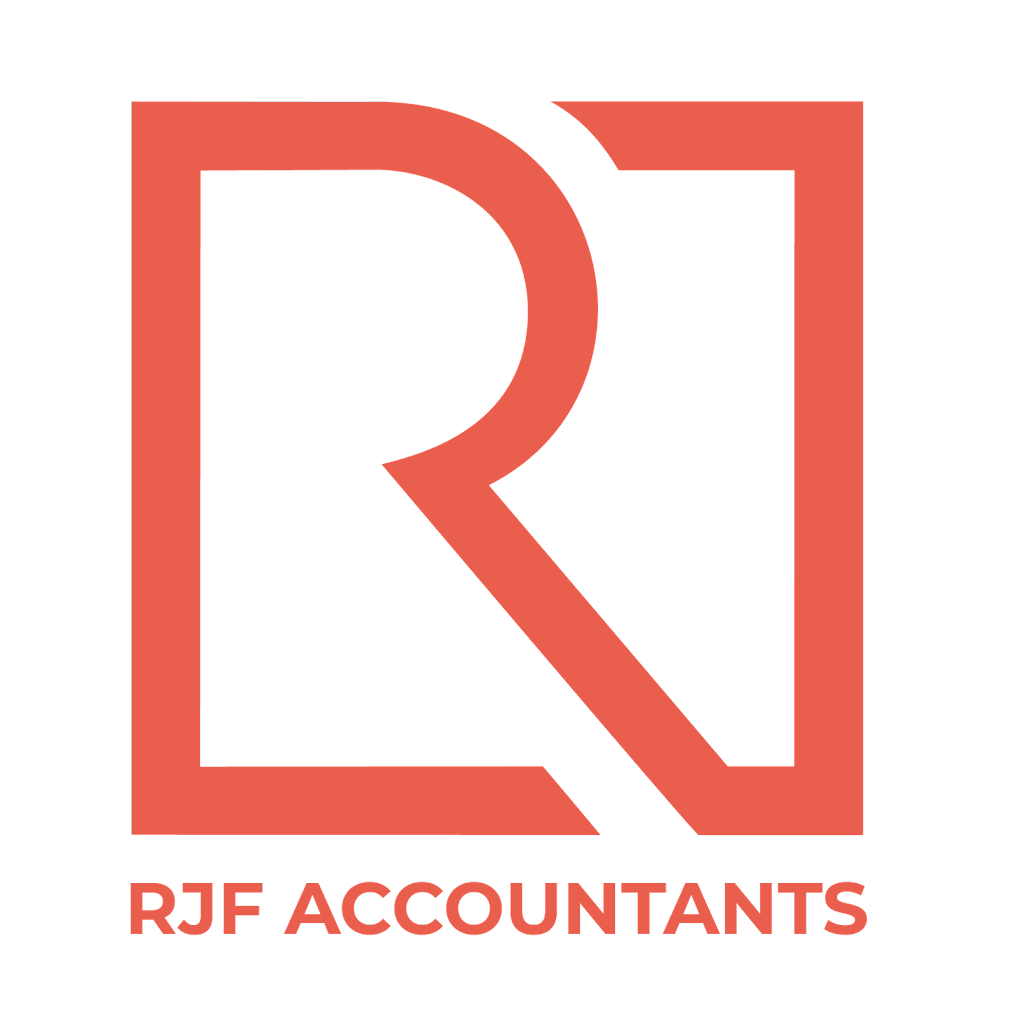As an entrepreneur or business owner, establishing the value and price of your products or services is a vital decision that can significantly impact the growth and sustainability of your business. The complexity of this task lies in the numerous factors that need to be thought through, such as market demand, competition, and costs. To help you to overcome these challenges, RJF Accounting has produced this guide that reveals a wealth of techniques and best practices for setting prices, ensuring that you develop a competitive edge while maintaining profitability.
Blog Contents:
show![How-to-Price-Your-Products-Services[1]](https://rjf.uk.com/wp-content/uploads/2023/05/How-to-Price-Your-Products-Services1-1024x683.webp)
4 Examples of Pricing Structures
Selecting the right pricing strategy is a pivotal decision that can significantly impact your profitability, market share, and overall success. There are several ways to price your products and services. By understanding the nuances of these strategies and how they align with your business goals, you can make informed decisions that lead to a competitive edge and foster growth in your business.
Value-Based Pricing
The value-based pricing method requires assessing the perceived worth of your offering to a customer and their readiness to pay for it. When presented with your proposal and a competitor’s, which would the customer prefer to invest more? Aspects such as your USP, brand power, and the calibre of packaging and ingredients are all influential aspects. Value-based pricing is notably successful in industries where emotional appeal drives purchases, such as fashion and beauty products. New businesses frequently offer lower prices than competitors to create awareness and draw customers, raising prices as their market share grows.
Project vs Hourly Rate Pricing
Service-oriented businesses frequently face the challenge of determining whether to price based on the amount of work produced for a client or the overall project value. If your business offers hourly services, calculate the hourly rate required to break even, accounting for all expenses. Hourly billing works well for small businesses with new clients, as demanding clients can consume time with meetings, revisions, and requests. On the other hand, project rates are suitable for efficient businesses with established clients, allowing your company to earn more than an hourly rate.
Singular/Flat-Rate Pricing
In this pricing model, a company establishes a single, fixed price for its product, catering to all customers without considering their individual needs. This strategy can be effective for a company with a narrowly-focused product targeting a single buyer persona, as it simplifies the selling process. It can also be suitable for a startup aiming to set low prices to attract a significant customer base in the early stages of its SaaS journey. However, this approach may hinder the potential value derived from addressing different customers with a varying willingness to pay and feature requirements. A single price point is not meant to be permanent; it should be reviewed and updated regularly.
Tiered Pricing
Tiered pricing is a strategy that presents potential customers with multiple subscription options, each differentiated by the included features. This pricing structure has proven highly effective for subscription services or products, especially when targeting diverse buyer personas. Tiered pricing can accommodate their unique preferences by organising features that appeal to various potential buyers. Even if your target audience is relatively narrow, tiered pricing remains an efficient method for leveraging monetisation to promote business growth.
Monitoring Your Prices
Pricing is an ever-changing aspect of business, and it’s crucial not to remain rigidly attached to a single price point. Your business expenses constantly change; your prices must match this to stay profitable. Monitor your competitors’ prices to understand if and why they make adjustments. You may need to modify your pricing to remain competitive or enhance your marketing to emphasise your business’s advantages.
Additionally, maintaining open communication with customers is essential. Regularly conduct customer satisfaction surveys and investigate any concerns about high prices. This feedback could indicate a need for better communication regarding your product or service benefits. Routinely assessing your business’s pricing and performance is a good practice. Keep track of top-selling products with profitable margins, and observe different prices and pricing strategies to determine what works best for other customers and offerings. Make price adjustments as necessary.
Setting Prices Quickfire Tips
- Know your costs: Ensure you’ve covered all your expenses, including production, overheads, and marketing when setting your prices.
- Research the market: Understand your target audience’s preferences and competitors’ pricing strategies to make informed decisions.
- Emphasise value: Clearly communicate your product or service’s benefits and value to justify your pricing.
- Experiment with pricing strategies: Test various pricing models, such as tiered pricing, value-based pricing, or promotional pricing, to see which works best for your business.
- Monitor competitors: Regularly track your competitors’ prices to stay competitive and identify potential opportunities for differentiation.
- Offer discounts strategically: Utilise discounts and promotions to incentivise new customers or reward loyal ones, but be mindful of your profit margins.
- Be flexible: Be willing to adjust your prices in response to market changes, customer feedback, or shifts in your business strategy.
- Evaluate performance: Regularly analyse your pricing strategy’s effectiveness by tracking key performance indicators, such as sales volume, profit margins, and customer satisfaction.
- Consider psychological pricing: Use charm pricing (e.g., £9.95 instead of £10) to make your product more attractive to customers.
- Maintain pricing transparency: Display your prices and avoid hidden fees to build customer trust and prevent potential misunderstandings.
How Can RJF Accounting Help?
RJF Accounting has accounting teams based in Manchester and Macclesfield, ready to help you with all your accounting and tax advice needs. We offer general accounting and personal accounting services, but our specialist field is startups and all that entails!
So if you are looking for an accountant for your startup business, get in touch today! If you want to know more about how we can help you speak to the team today about our services. You can call the team on 0161 5040629 or email us at hello@rjf.uk.com to see if we can help you get your plans off the ground! We are open Monday to Friday, 9 am – 5 pm!

